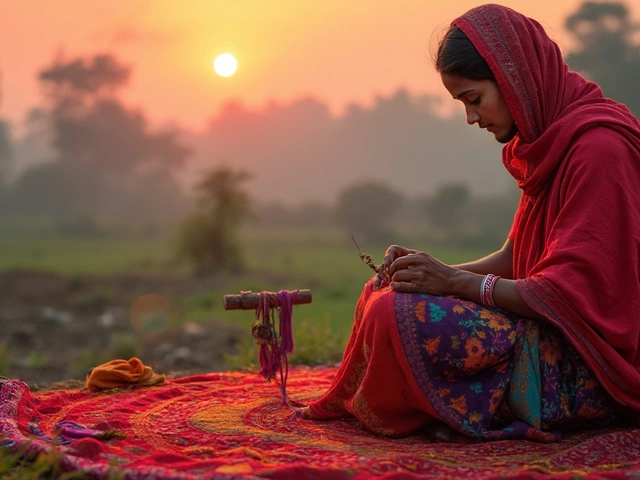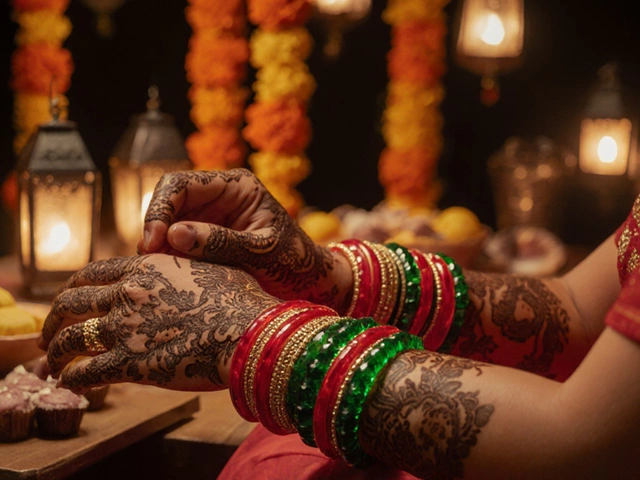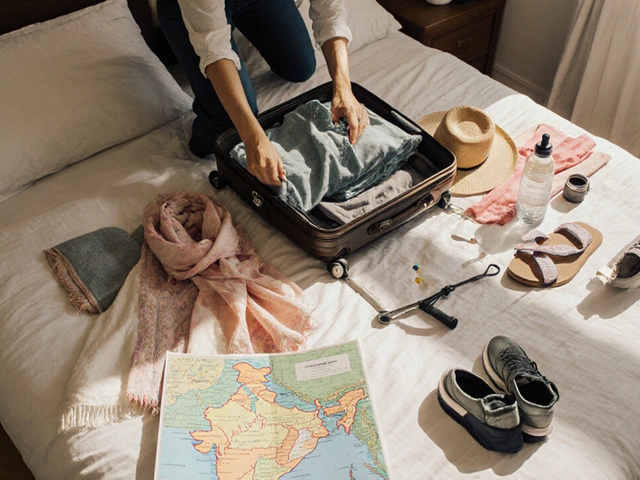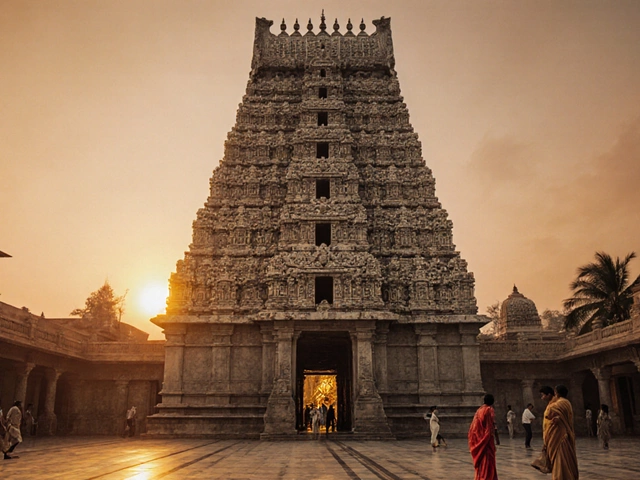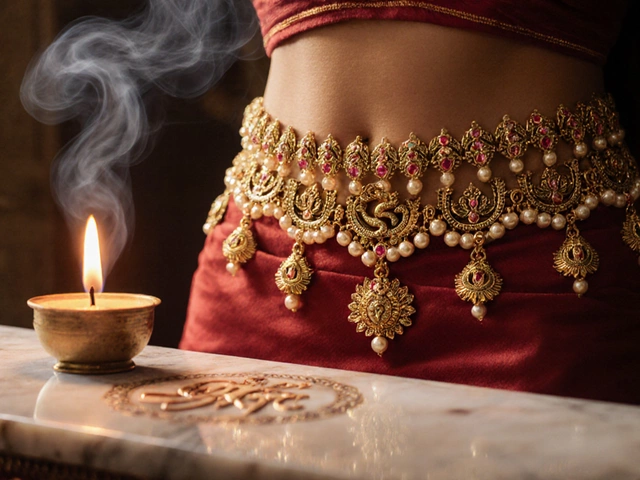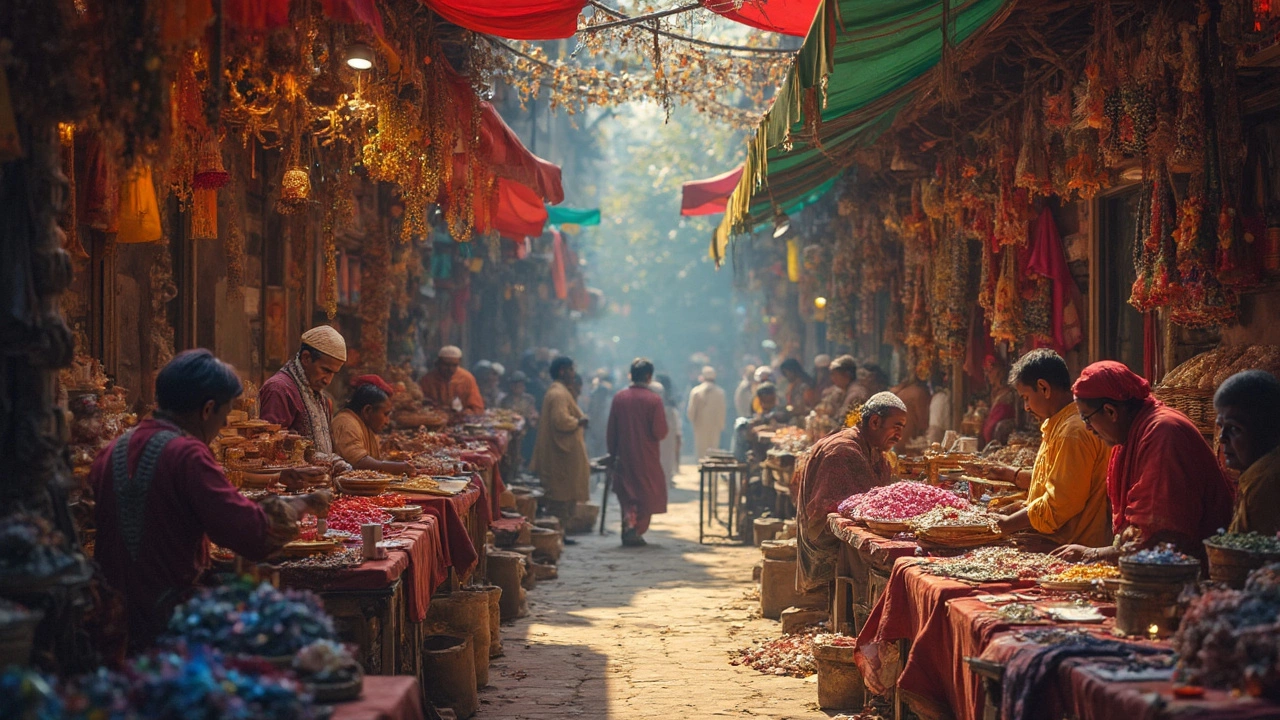
So, you're probably wondering, are diamonds from India the real deal? Totally get it—it's a common question. Let's clear it up for you. India has been known for its diamonds for centuries, way before the bling came to the West. In fact, some of the most famous diamonds, like the Koh-i-Noor, hail from India. But with a history that rich, it's only natural to question their authenticity today.
The key to knowing if a diamond is legit? Certification. Look for diamonds with certificates from reputable organizations like GIA, HRD, or IGI. They have the know-how to confirm whether you've got a genuine piece or just a shiny glass look-alike. Plus, understanding how to read these certification reports is super handy when you're buying.
- India's Diamond History
- How to Verify Authenticity
- Certifications and Standards
- Common Myths and Misconceptions
- Where to Buy Authentic Diamonds
India's Diamond History
Ever wonder where the allure of diamonds started? Well, grab a seat because India's relationship with diamonds is a story all its own. Dating back to at least the 4th century BCE, India was the first known source of diamonds and practically the only one until diamonds were discovered in Brazil in the 18th century. Talk about having the monopoly on shiny things!
Diamonds from India were initially found exclusively in alluvial deposits along the Penner, Krishna, and Godavari rivers. People didn't dig deep for these gems; instead, they sifted through riverbeds to find them. The sparkle from Indian diamonds quickly caught the eye of traders looking for luxury items, making India a major player in the international gem trade long before it was even a country.
Some of the world's most famous diamonds originate from Indian soil, including the legendary Koh-i-Noor. This particular gem has a long history of making its way through various hands of royalty and is now part of the British Crown Jewels. Not just the Koh-i-Noor, but several other coveted stones, like the Hope Diamond, also trace back to India, lending some serious street cred to the phrase “Indian diamonds.”
In modern times, India remains a crucial hub, especially in the diamond cutting and polishing industry. The western state of Gujarat, particularly the city of Surat, is often called the 'Diamond Capital of the World,' cutting and polishing over 90% of the world's diamonds. That's some serious sparkle power!
Here's a little fun fact: Before diamonds found their way to rings for engagements and bling, they were actually used in religious icons or worn as talismans to ward off evil. Strange to think those little stones have gone from spiritual to symbolic of eternal love!
How to Verify Authenticity
When it comes to making sure that those Indian diamonds are the real deal, there's no wiggle room. You want to know you're not getting duped, right? Here’s how you can confidently determine if a diamond is real:
First, check for a proper certification. Legit diamonds in India should come with documentation from well-regarded gem certifying bodies like the GIA (Gemological Institute of America), HRD (Hoge Raad voor Diamant), or IGI (International Gemological Institute). This paperwork gives you the lowdown on a diamond’s cut, clarity, carat weight, and color, helping sniff out fakes.
Spotting a fake diamond can sometimes be done with simple home tests:
- The Fog Test: Breathe on the stone like you would on a mirror. A real diamond clears up in a sec due to its strong thermal conductivity.
- Water Test: Fill a glass with water and drop the diamond. Real diamonds sink because of their density, while fakes may float.
For those who want to dive deeper, consider using a jeweler's loupe to check for imperfections. Naturally formed diamonds usually have some flaws, unlike synthetic ones which are often perfect.
Next on your checklist should be the “scratch test”. Although it’s known that diamonds can scratch glass, it can damage the gem to attempt this. Instead, leave the nitty-gritty to a professional if you’re unsure.
Always deal with a trustworthy jeweler. Recommendations from reliable folks or researching reviews online can go a long way in ensuring you're buying real Indian diamonds from credible sources.
With these checks in your back pocket, you can feel more secure when shopping for that special sparkler from India!

Certifications and Standards
When you're hunting for real diamonds in India, or frankly anywhere, getting a certificate is like having your best friend's stamp of approval, but way more official. Seriously, this piece of paper (or digital equivalent) is what tells you that diamond isn't just another shiny rock.
First up, let's talk about the big names in diamond certification. You definitely want to look for certifications from organizations like the Gemological Institute of America (GIA), Hoge Raad voor Diamant (HRD), and the International Gemological Institute (IGI). These guys are the real deal. They dig into the four Cs of diamonds: Carat, Cut, Color, and Clarity, and offer certifications that detail all that info. You get a full breakdown of what you're paying for.
Now, why should you care about these certificates? Because they're your insurance policy. Imagine dropping a chunk of change on a diamond ring and finding out later it's just a sparkly piece of glass. Not fun, right? A legit certificate makes sure you're getting authentic Indian diamonds.
On top of that, certified diamonds tend to hold their value better. If you ever decide to sell or upgrade your diamond, having that certification could make all the difference in getting a good deal.
Keep in mind, these certifications only come from legitimate jewelry sellers. So, if someone offers to sell you a rock that comes with a mysterious 'self-certified' tag, you might want to back away slowly. Always insist on a recognized certificate when buying real diamonds in India.
Common Myths and Misconceptions
When it comes to Indian diamonds, there are quite a few tales floating around. Let’s set the record straight, shall we?
Myth #1: All diamonds from India are fake or of lesser quality. This is one of the biggest misconceptions. Sure, not every diamond coming from India is top-notch, but the same goes for any diamond from around the world. The key is knowing what to look for. As we mentioned before, certification is crucial.
Myth #2: Indian diamonds are only cheap industrial stones. While India is a big player in the industrial diamond sector, it also supplies many high-quality gemstones to the international market. India has a strong diamond cutting and polishing industry which produces dazzling pieces for those fancy jewelry stores worldwide.
Myth #3: You can’t find certified diamonds in India. This one's pretty outdated. Today, many Indian jewelers offer diamonds with certifications from well-respected organizations like GIA or IGI. These certificates give you the peace of mind that you're buying a genuine gemstone.
Myth #4: Diamonds from India aren't sustainable. The industry has made strides in ensuring ethical practices, with many companies meeting international standards for environmental and social responsibility. Still, it's always wise to do your homework about the source when buying.
By dispelling these myths, you can make better decisions when you're hunting for your perfect diamond piece. It’s all about knowing what to look for and where to look.
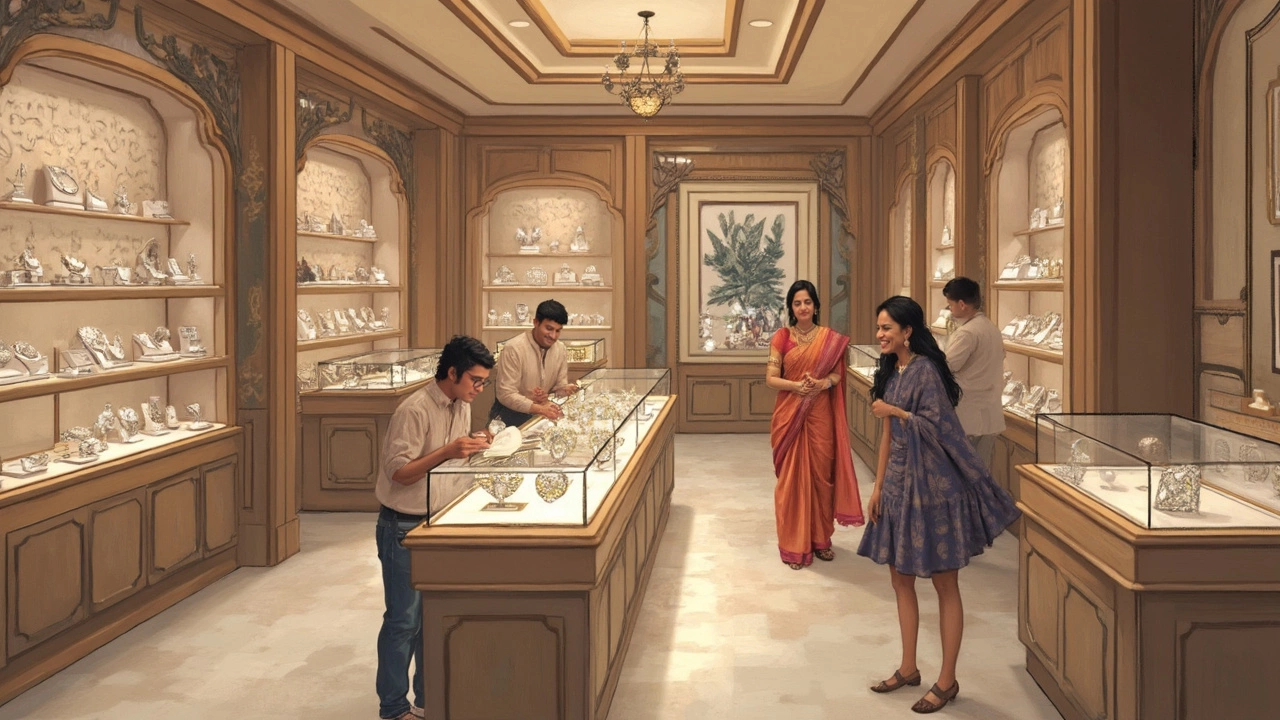
Where to Buy Authentic Diamonds
When you're on the hunt for Indian diamonds, knowing where to buy is crucial. You'll want to find a provider that offers not just stunning gems but true authenticity too. First stop? Well-known jewelry chains in India, like Tanishq or Malabar Gold & Diamonds. They've been around the block and offer stones with all the right certifications.
If you prefer something more boutique or personalized, there are smaller jewelers in cities like Mumbai and Jaipur. These places often have unique pieces that you won't find in a big store. Look for jewelers with stellar customer reviews, and don't hesitate to ask about their sourcing and certification.
Online marketplaces have gotten pretty savvy, too. Websites like CaratLane allow you to shop from the comfort of your couch while providing ample information about the diamonds' background and authenticity. Just make sure they offer certification from trusted bodies like GIA or IGI, and have good return policies in case the gem doesn’t meet your expectations.
There's also the option of diamond markets, such as the Bharat Diamond Bourse in Mumbai, where you can see the gems in person. Things here can get a bit overwhelming for newbies, but if you're serious about diamonds, it's a fascinating place to check out. Just always bring a certified gemologist with you if possible.
| Retailer | Location | Certification |
|---|---|---|
| Tanishq | National | GIA, IGI |
| Malabar Gold & Diamonds | International | GIA, HRD |
| CaratLane | Online | GIA, IGI |
Remember, no matter where you buy, always check that certification. It's your peace of mind for knowing you're getting the real deal.

